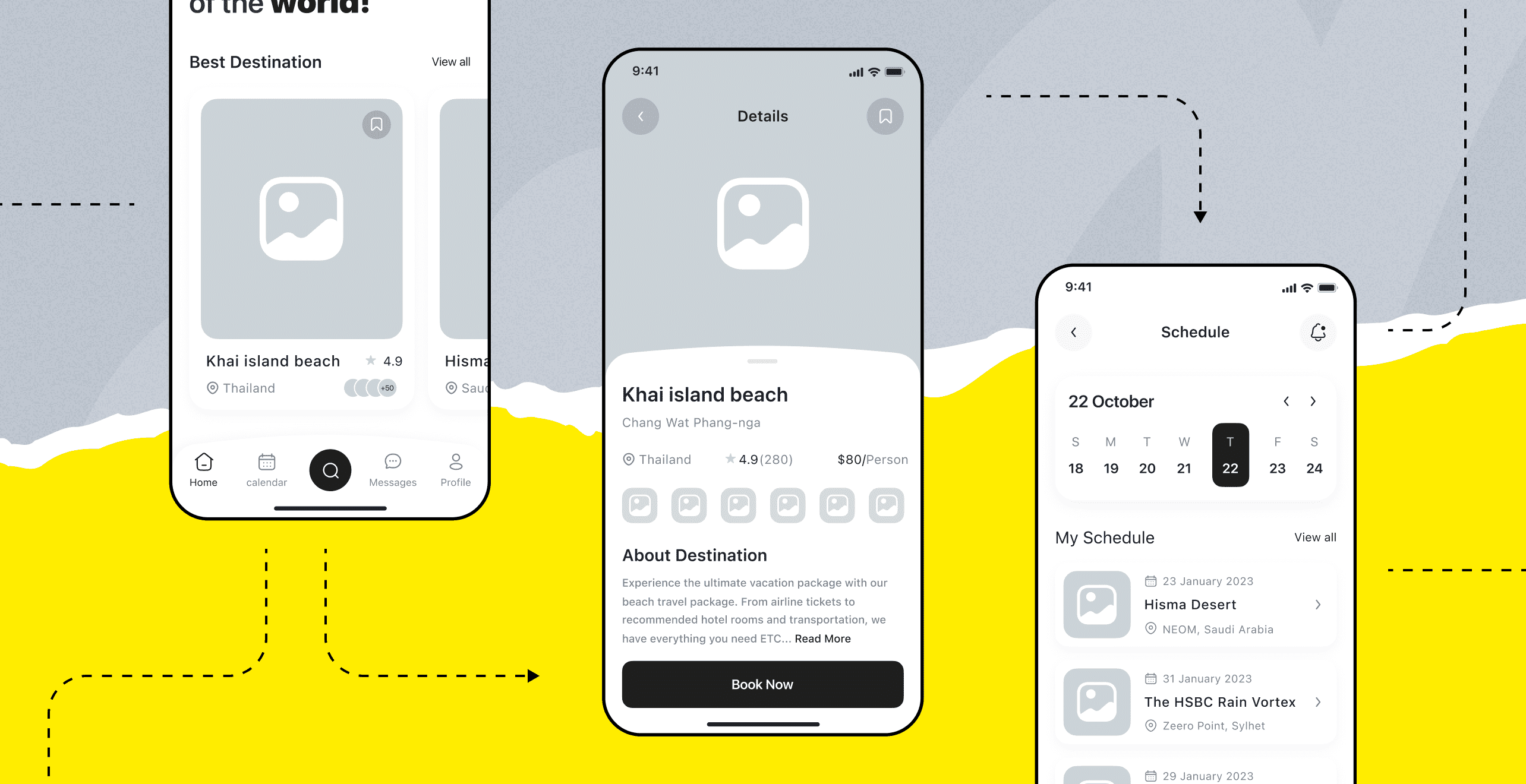Remote Working Is the Way to Stand up to Coronavirus Danger

Unfortunately, Coronavirus is gaining momentum and spreading its tentacles into almost all countries in the world. The latest news dazzles with headers like "Coronavirus confirmed as a pandemic by the World Health Organization".
Of course, such news does not bring confidence to our daily life. But the best thing that we can do in order to prevent this disease is not to fear it but to adapt, raise awareness and stay consistent.
Coronavirus is spreading so fast because of its outstanding spreading abilities. People can get infected before they show any symptoms. That’s why, before the sick person feels unwell, he is able to infect several more. This looks like a snowball or chain reaction that is very hard to control and eliminate.
But don’t panic! Until the efficient vaccine is developed, there are several useful guidelines on how to stay healthy. Some of them (maybe the most efficient nowadays) are to avoid crowded places and work remotely.

How the Pandemic Is Affecting the IT Sphere
IT is more adapted to remote work than any other industry. It doesn’t take much to write a high-quality program code or manage the process: you basically need a laptop, a comfortable working place and, of course, a cup of flavored tea. Remote work can be very efficient if it is organized efficiently.
Advantages of Shifting to Remote Work
Here are some great benefits you receive when transferring your work to your employees’ homes:
- Greater productivity. Remote working can lend you a hand here. One research revealed that remote workers consider themselves more productive than those who are office-based, with productivity ranked at 7.7 out of 10.
- Remote working gains a point as it helps to reduce operating costs. If you allow your staff to work remotely, you’ll naturally need less office space to accommodate them, saving you valuable pennies.
- Lower employee turnover. By offering them a more flexible way of working, you're providing a better work-life balance and promoting greater employee loyalty.
- Viral disease prevention. This is the point of our focus in this article. Remote work helps employees to stay confident they will not get infected from anyone. This guarantees that the whole team remains strong and ready to develop the product.
Downsides of Shifting to Remote Work
But starting to practice home-based remote working can be difficult to a certain degree. In spite of its significant advantages, its downsides can affect your business and make it face some hard consequences. For instance:
- Inclusiveness. The staff who work remotely can miss out on the usual office banter and 'water cooler chat', which can often be vital for building a strong team.
- Productiveness. Losing discipline and dedication to work can be easy as the home-based working process is associated with just a light mode of usual office work.
Despite its downsides, remote working still looks very attractive. The amount of companies that let their employees work remotely is increasing day by day. The giants like Amazon, Google and Apple have asked their employees to work remotely as a precautionary measure against the novel coronavirus.
Tips on Shifting to Remote Work
The best way to settle the home-based working process is to look at other companies that have already managed to set up such a process. We are ready to help the community with some useful tips on how we could potentially manage it.
Since Upsilon offers software development services, we constantly work with customers remotely, and several of our teams work from home. We are glad to share our experience. In order to stay productive and have dedicated teams, your colleagues should follow these simple rules:
- Set up regular daily meetings. It is one of the best ways to keep in touch with the team and share the information.
- Make everyone feel your presence: don’t go Invisible. At the beginning of the day get on the communication tool (we use Slack and Discord) and say "Hello!" to your teammates. Have a casual chat about how people’s days are going, tell about yours, etc. The team should be confident that you are always in touch.
- Understand one crucial principle: it is better to call once than chat about the problem for hours. According to our experience, one video call can save tons of time.
- Do not chat with your colleagues a lot. It can be tempting to chat while sitting at home, but don’t forget: you are in the home-based working place.
- In the remote working process, a clear and precise task setting is especially important. Follow the rule of thumb: the better and more accurately the task is set, the fewer there will be questions and the faster the task will be solved.
- Make a schedule. It is useful to start your work and have lunch always at the same time. It brings order and self-discipline to the working process. Also, don’t skip your everyday morning routine, let your alarm clock wake you up, take a shower, have a 20-minute staring competition with your cat. Our point is that you should treat every working day from home as a usual working day with all that it implies.
- Working place equipped with all necessary stuff. Make your workplace as comfortable for you to work as you’re used to (we don’t mean lying on the sofa, because you are at work).
- Exclude household chores. Remote working means that you are at work (despite its home-based character). That’s why you should postpone vacuuming floors, washing clothes and watering flowers, and stuff like that until you finish your work. You can even ask your family members to pretend you are not there for a household hassle. Occupy the place most adapted for work and make sure you are not distracted.
- Share your status with the team. If you are going to be unavailable for some time while your team works, sharing the status “Will be in 30 minutes” or “The house has lost electricity” could be quite a useful idea.
Top Tools and Software for Remote Work
Once we have disclosed the tricks that make remote working efficient, we want to share with you the top-list of useful software tools that we utilize. When it comes to hiring remote speccialists, Jooble is one of the best alternatives. And what about, for example, task tracking, team collaboration or storage tools? Let's find out.
Task Tracking and Project Management Tools
- If you utilize Slack for communication and collaboration, the ToDoBot is here to help you to organize your tasks right in Slack. You definitely won't need Trello any longer. In any case, due to its flexibility, there are many ways to use Slack bots, so you can learn how to build a Slack bot of your own and tailor it around your company's needs.
- We mentioned task-setting, and Trello is still our choice for most of the projects anyway.
- Of course, when it comes to huge projects, there is no better place to manage all the stuff than in JIRA. From the technical perspective, this tool may be a good fit for many popular software development models. It takes time to tweak all the settings, but once everything is done it really makes a big difference. Do not hesitate to utilize JIRA for small projects. For teams up to 10, the JIRA software solution costs only 10$ per month. This is a completely acceptable price for such a product and it really opens great possibilities for teams.
Communication Tools
- Zoom is one of the best software tools to gather all your team together and arrange big video calls. It is an option that is easy to use, affordable and has a straightforward pricing. During remote meetings and a video Chat, you can record any call with a full-length video capacity. You can share your screen with teams for combined discussions as well.
- Communication is only a big word without Slack and Discord. These are not only messaging applications, but a digital space that facilitates the communication among teammates, allows them to share ideas or a comment in real-time so everything moves as swiftly as it should.
Storage Tools
- Google Drive is a cloud storage platform to keep all your files in one secure and centralized location. The remote workers can store and share documents, spreadsheets, and slide presentations. It is very convenient to share documents with customers. Just send them the link, and the deal is done.
- Dropbox or Box. These are modern workspaces that offer various features for managing remote employees. But their best practices are in sharing big files, like PowerPoint, photoshop, or sketch with anyone.
Time Tracking Tools
- For time tracking, we prefer Clockify. It's a simple time-tracker and a timesheet app that lets you and your team track working hours across projects. You can create custom reports of time logged on the project.
- In order to better coordinate in different time zones, we advise an Every Time Zone application.

Summing Up
That is not the ultimate list, we believe that you can share many more tricks and ideas from your experience. Perhaps, your bright ideas can help fellow developers go through these unexpected conditions with the most productivity.
We hope you’ll find this article useful. Don't hesitate to contact us if you have any questions. May the force be with you and don’t let anything disrupt your working processes!
to top











